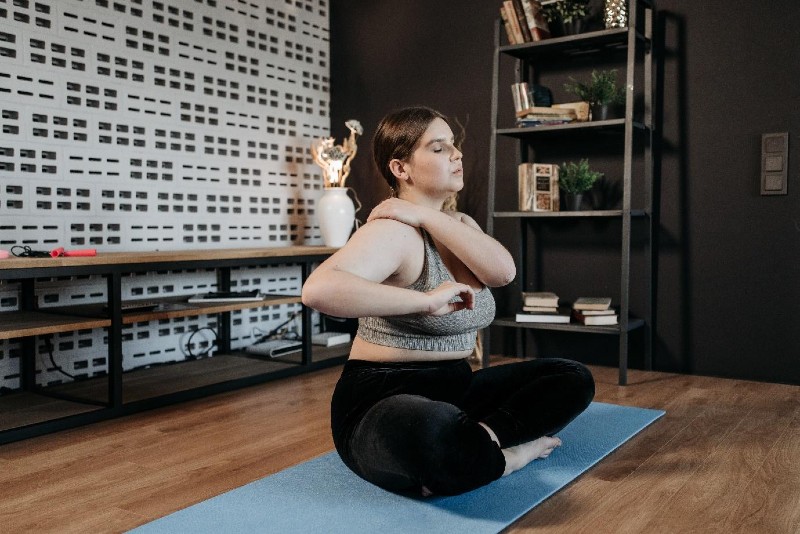Lymphoedema is a condition that can affect any area of the body, but is most commonly experienced in the arms and legs. The swelling is caused by a build-up of lymph fluid, which can lead to discomfort, pain, and difficulty with movement. Physiotherapy is often recommended as a treatment option to reduce lymphoedema and improve quality of life.
Keep reading to learn what lymphoedema is, the common signs and symptoms, and how physiotherapy can help.
What Is Lymphoedema?
Lymphoedema is a condition that causes swelling in the body. It occurs when the lymphatic system, which helps to remove excess fluid from the tissues, is not working properly. This can cause a build-up of lymph fluid, which leads to swelling. This is commonly experienced in the arms and legs, and can range from mild to severe depending on the cause and progression of the condition.
Common Signs And Symptoms Of Lymphoedema
The most common symptom of lymphoedema is swelling in the affected area. This can cause discomfort, pain, and difficulty with movement. Other symptoms may include:
· A feeling of heaviness or fullness in the affected area
· Tightness in the skin
· Fatigue or feeling tired most of the time
· Decreased range of motion
· Difficulty with everyday tasks, such as getting dressed or reaching for items
Why Does Lymphoedema Occur?
Lymphoedema can be caused by a number of different conditions, including:
· Surgery to remove lymph nodes (e.g., for breast cancer treatment)
· Radiation therapy
· Certain infections or illnesses
· Inherited conditions
· Other multifactorial diseases
Lymphoedema is a medical condition, and therefore requires input from multiple disciplines. This includes doctors, nurses, imaging, specialists, and physiotherapy. Depending on the severity, other allied health disciplines may also be involved.
How Physiotherapy Can Help
Physiotherapy can help to reduce the symptoms of lymphoedema and improve quality of life. Often, general physiotherapists will refer to other physiotherapists that have specialised in lymphoedema, as it is a complex condition that requires extra knowledge, techniques, and skills to manage and treat. This may include:
· Manual lymphatic drainage: This is a gentle massage technique that helps to move fluid out of the affected area. It is often combined with compression therapy.
· Compression therapy: Compression therapy is one of the mainstays of lymphoedema management. It involves using bandages or garments to apply pressure to the affected area and reduce swelling, and are often worn for the majority of the day (depending on the severity of the condition).
· Exercise: Specific exercises may be prescribed to help improve range of motion and reduce fatigue in the area and surrounding joints.
· Skin care: Infection can be a risk when excessive fluid pools in the extremities. Therefore, education is a key component in managing lymphoedema.
· Education: Lymphoedema is a chronic condition, so education is important in the management of it over time.
Physios Can Help Lymphoedema
Physiotherapy is just one of the ways to help treat and manage lymphoedema. Speak to a sports physio or a doctor for more information, and get input from a lymphoedema specialist.

